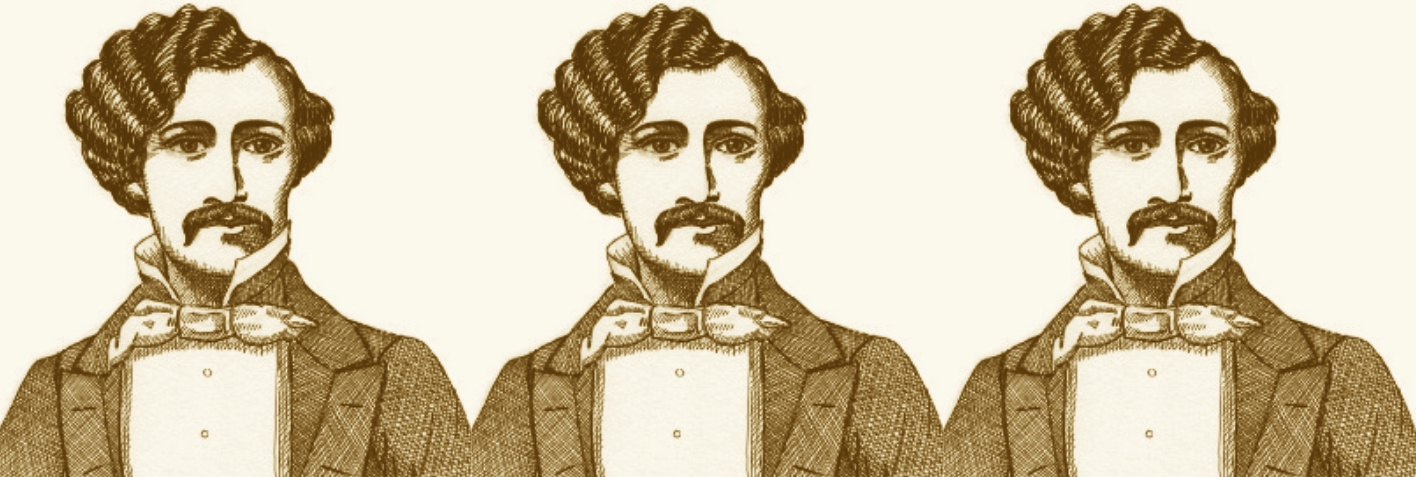Steven Avery
Administrator
from Christopher de Hamel
the MSS he brought were either found in a Monastery on Mount Athos or in Egypt.”
In the Memoir, Simonides now seemed to remember ... that the manuscripts had been part of a library brought from Constantinople or Egypt by Saint Paul of Xeropotamou, son of the emperor Michael Kuropalatos (a real person, emperor 811–13), and that they had been hidden by the Orthodox monks beneath the ruins of a monastery on Mount Athos to save them from the Latinizers, or Roman Church, during the time of the Crusades.
The Memoir recounts that Simonides had acquired the manuscripts from his uncle when he was living on Athos and removed them on a private ship to Syme on 29 August 1840, three months after Benedict’s death.
From The Manuscripts Club: The People Behind a Thousand Years of Medieval Manuscripts. by Christopher de Hamel. Used with the permission of the publisher, Penguin Press. Copyright © 2023 by Christopher de Hamel
=======
==========
Comment planned on this blog post (could also include Stewart not fictitious)

 lithub.com
lithub.com
the MSS he brought were either found in a Monastery on Mount Athos or in Egypt.”
In the Memoir, Simonides now seemed to remember ... that the manuscripts had been part of a library brought from Constantinople or Egypt by Saint Paul of Xeropotamou, son of the emperor Michael Kuropalatos (a real person, emperor 811–13), and that they had been hidden by the Orthodox monks beneath the ruins of a monastery on Mount Athos to save them from the Latinizers, or Roman Church, during the time of the Crusades.
The Memoir recounts that Simonides had acquired the manuscripts from his uncle when he was living on Athos and removed them on a private ship to Syme on 29 August 1840, three months after Benedict’s death.
From The Manuscripts Club: The People Behind a Thousand Years of Medieval Manuscripts. by Christopher de Hamel. Used with the permission of the publisher, Penguin Press. Copyright © 2023 by Christopher de Hamel
=======
==========
Comment planned on this blog post (could also include Stewart not fictitious)

“Is That a First Edition of The Iliad?” Meet One of History’s Great Manuscript Forgers
In the summer of 1854, a purposeful and unusual-looking traveler arrived in Broadway in Worcestershire in west central England, with an overnight bag full of manuscripts. He was Constantine Simonid…
Last edited:
